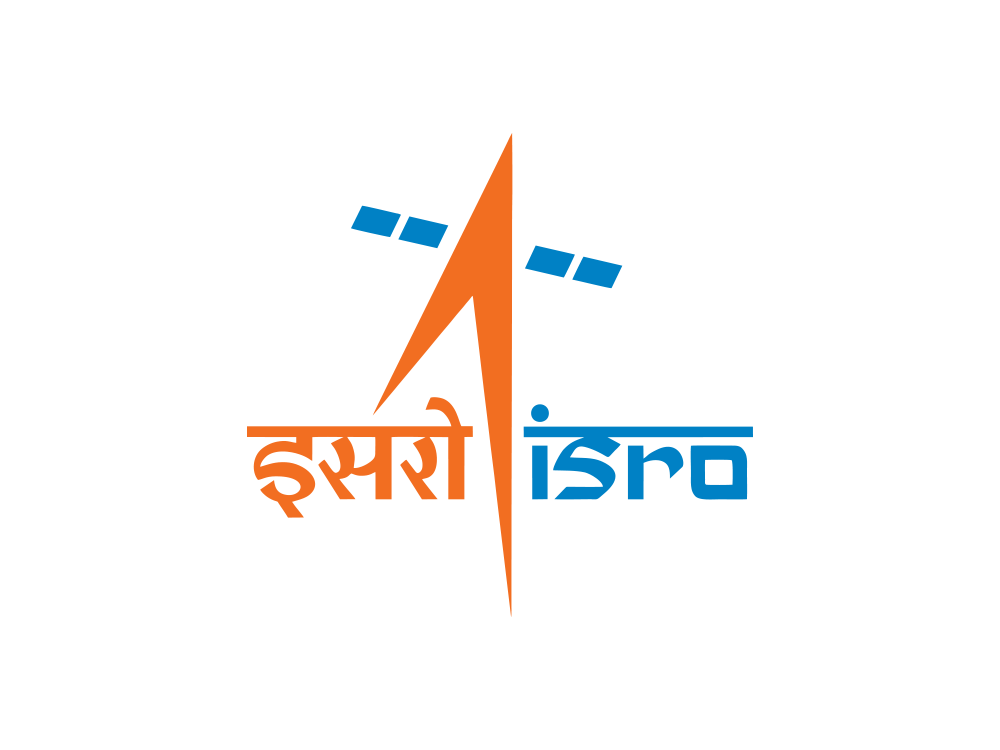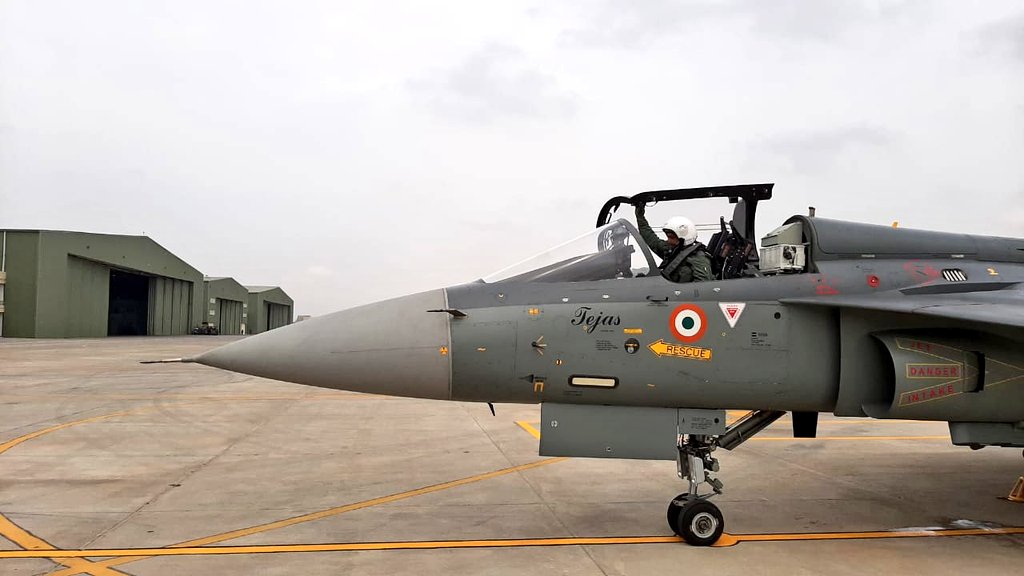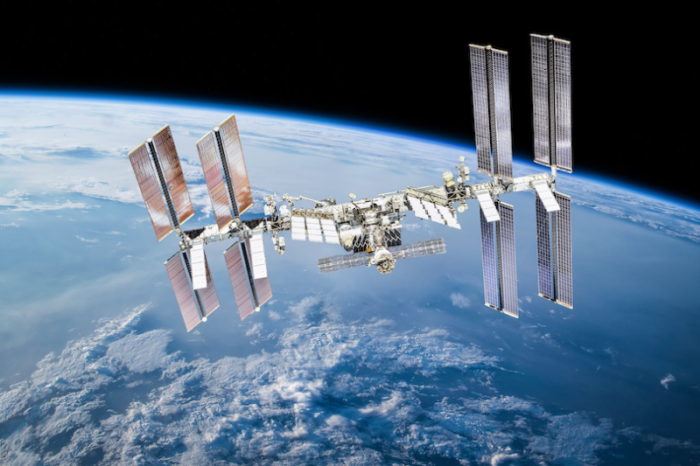
AHMEDABAD (PTI): The first abort mission for India's maiden human spaceflight 'Gaganyaan' would be conducted at the end of August this year, while the unmanned mission to orbit would take place next year, Chairman of the Indian Space Research Organisation (ISRO), S Somanath, said in Ahmedabad on Thursday.
Talking to media-persons on the sidelines of an event at the Physical Research Laboratory (PRL) here, he said the test vehicle is ready at Sriharikota and the assembly work of the crew module and crew escape system has also begun.
"For Gaganyaan, the first and foremost thing is that the abort mission has to be done. For that, we have made a new rocket called a test vehicle, which is ready at Sriharikota. Assemblies of the crew module and crew escape system are just getting ready," Somanath told reporters when asked about the latest update on Gaganyaan.
"So I am informed that this month-end, it will go for a fully functional testing, vibration testing, etc. So we are hoping that in August-end or so we will be able to fire the launch of this crew abort mission. Then it will be followed by a repeat mission with different conditions of abort. This is planned for this year," he said.
He added that the "unmanned mission to the orbit" as part of the project will take place around the beginning of next year.
"In the beginning of the next year, we will have the unmanned mission to the orbit. And from there, it has to be brought back safely, which will be the third mission. Currently, we have scheduled these three missions," said Somanath, who also serves as the Secretary of the Department of Space.
When asked about the major challenges of this mission, the ISRO chief said safety of crew members was the most important aspect in the Gaganyaan project.
"Since humans will be part of the mission, crew safety becomes paramount. For that, we are doing two more additional things, one is called the crew escape system. It means if a contingency is developed in the rocket, the system should get activated. The second one is the integrated vehicle health management system," he said.
The crew escape is a conventional engineering solution, in which the computer detects and asks the propulsion system to fire so that you are moved away, Somanath said, adding that the second system is more intelligent which makes informed decisions on board without any human intervention.
"You need to develop as well as test such systems to make sure that they will function beyond any doubt. So in Gaganyaan programme, we will not go into the final mission without knowing how much we are ready for it," he said.
The chairman of India's space agency was at PRL to inaugurate Param Vikram-1000, a High Performance Computing (HPC) facility or a supercomputer.
"Param Vikram-1000 is a new supercomputer installed at the PRL. In terms of computational capabilities, it is 10 times faster than Vikram-100 currently in use. Now, PRL scientists have better capability to run their models and computer simulations to support their research work. This will enhance the speed at which the PRL is carrying out its work," Somanath said.
 Previous Article
Previous Article Next Article
Next Article












The Indian Air Force, in its flight trials evaluation report submitted before the Defence Ministry l..
view articleAn insight into the Medium Multi-Role Combat Aircraft competition...
view articleSky enthusiasts can now spot the International Space Station (ISS) commanded by Indian-American astr..
view article